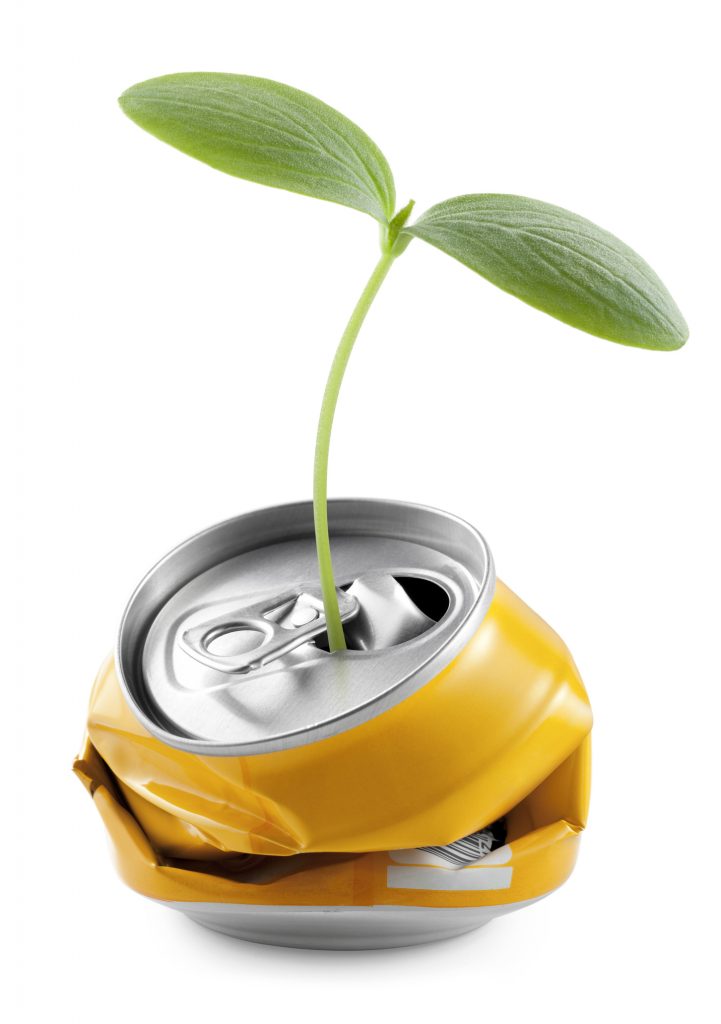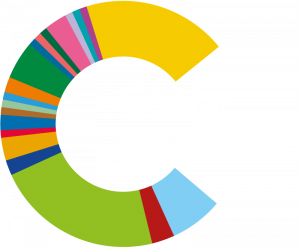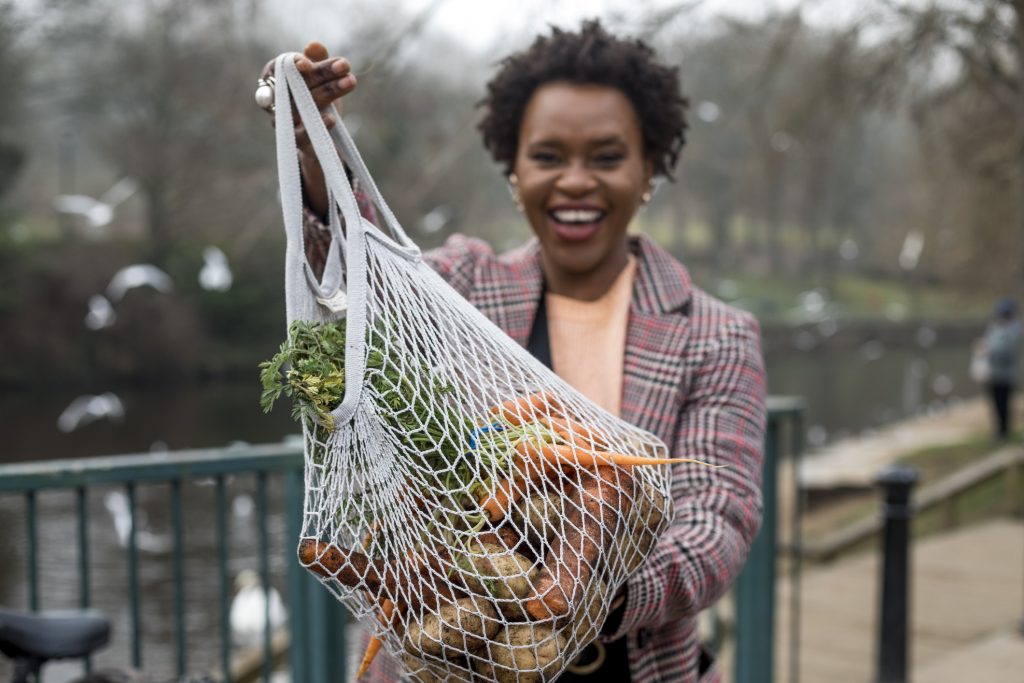
What is the Circular Economy?
Turning to sustainable global business: 5 things to know about the circular economy
Business as usual will lead to catastrophic climate change. A circular economy represents a fundamental change in direction, resulting in lower resource use, less waste, and lower greenhouse gas emissions. Waste is being re-used, and this makes economic sense. However, governments must continue to get involved. There is a long way to go. Read more: link.
Three core principles of the circular economy
Three primary principles are associated with the transition to a circular economy: designing out waste and pollution, keeping products and materials in use, and regenerating natural systems. Read more: link.
Circular business models
In a circular business model, materials needed to create products are sourced from within the value chain, and reused, repurposed, or recycled. This adds value to the original materials through the creation of new products. Read more: link.
What is the linear economy and why do we need to go circular?
What is the difference between a circular economy and a linear economy? The big problem with a linear economy is waste. The circular economy aims to better use resources, close loops of resource flows by recovering as much as possible and prevent waste and pollution through better design. Read more: link.
The circular economy in international trade
How does the circular economy operate in international trade? Circularity will not be achieved just through smart policies, government, or even business commitments. It will depend on individuals and their capacity to adopt and use technologies that open the opportunities circularity provides. Read more: link.
Value of the Circular Economy
How the circular economy can improve our society
How can the circular economy improve our society? A circular economy is about designing out waste and pollution and extending the life of products and materials in our economic system. Through this process, natural systems are regenerated, with outcomes that are good for business, the environment, and our quality of life. For details click the link.
How the circular economy can lighten our load on the planet
A circular economy can lighten our load on the planet by closing material loops, regenerating natural systems, keeping products in circulation, and designing out waste and pollution. A circular economy can significantly reduce greenhouse gas emissions by maximising the efficiency, use and value of materials. Read more: link.
The circular economy’s natural logic
The circular economy presents a compelling way to stop, and even reverse, the damaging relationship between economic growth, consumption and use of natural resources. By eliminating sources of waste throughout our value chains (wasted resources, capacity, lifecycles, and embedded value), we can stop the patterns that are harmful to our environment, realise trillions of dollars in economic value and promote access to healthier goods and services. The natural world is the perfect circular economy, where everything in nonhuman systems is reused or repurposed. Read more: link.
Circular economy: The new normal?
The circular economy can open new opportunities for trade and job creation, contribute to climate change mitigation and help reduce the costs of cleaning and scrapping in both developed and developing countries. Read more: link.
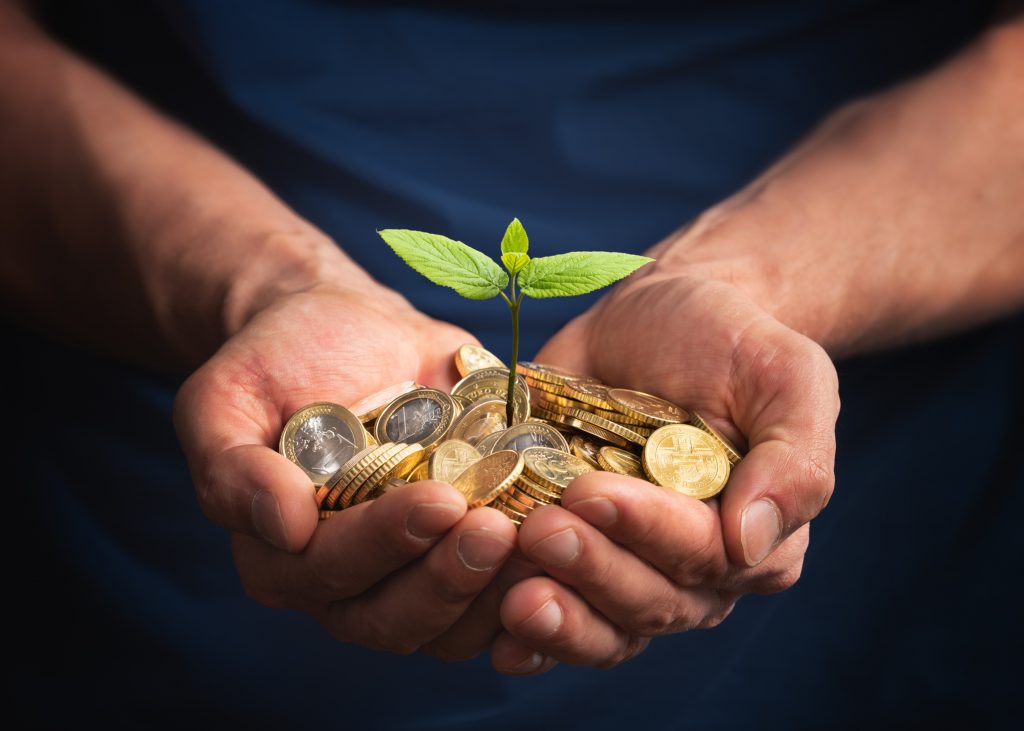
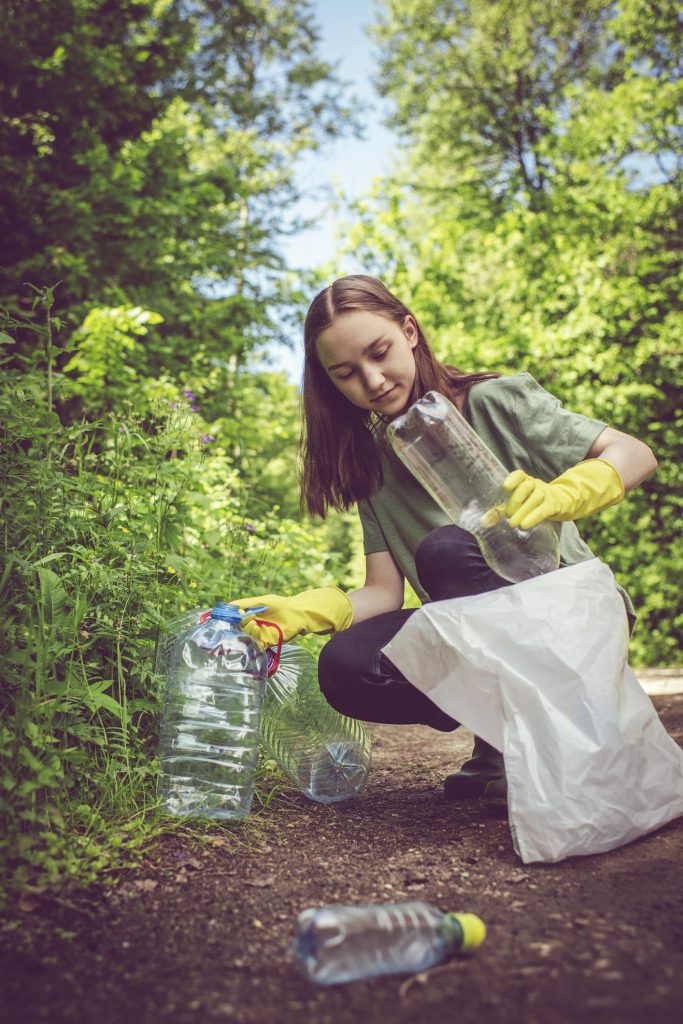
Circular Plastics
Short-loop recycling of plastics in vehicle manufacturing
A stable and cost-competitive supply of recycled plastic is needed so that cars can be manufactured economically and with a low environmental impact. A collaboration initiated by Renault aimed to establish a closed loop for plastics within the automotive industry. As a result, 36% of the total mass of a new vehicle is now made from recycled materials. The initiative illustrates the building blocks of the circular economy. Read more: link.
A reusable bottle design for multiple brands
Reusable plastic (PET) bottles can reduce overall plastic use by 90%. When a consumer finishes a drink, they can return the bottle to the point-of-sale, then the producer collects these bottles to be refilled and reused. On average, these bottles are reused up to 25 more times. Read more: link.
Success of circular economy hinges on better governance of ‘waste trade’
The success of the circular economy depends on better governance of waste trade. While there has been significant progress in the governance of scrap plastics at a high level, its success ultimately depends on enforcement. Hence stakeholders from global to local levels must hold each other accountable and work cohesively to translate plans into action. Read more: link.
Growing plastic pollution in wake of COVID-19: How trade policy can help
The COVID-19 pandemic has led to a surge in pollution from disposable products like plastic face masks and hand sanitizer bottles. Effective trade rules for the global plastics economy could help limit the spread of coronavirus waste. Trade policy in this area is currently uncoordinated, and multilateral trade rules could be developed to address the issues. Read more: link.
Tackling the global plastic pollution crisis through a circular economy transition
Single-use plastic waste is a big problem that requires big solutions. The COVID-19 pandemic has disrupted the waste value chain and significantly increased medical and plastic waste. This presents an opportunity to rebuild using more sustainable models, and to create green and resilient livelihoods, and advance technology innovation. Read more: link.
WWF investigates the recyclability of plastic packaging in 82 popular food products
From plastic tubs to shiny wrappers and plastic sachets within plastic wrap, plastic is inescapable in the supermarket. In the most cases, it plays a very useful role: it protects the food we buy, makes food last longer, and tells us important information about a product. However, only 18% of plastic packaging is recycled in Australia, with most of the packaging ending up in landfill, or entering our oceans. WWF analysed 82 popular food products to investigate the recyclability of the plastic packaging used. Read more: link.
Food Waste Reduction
Unlocking value from used cooking oils
Brocklesby Ltd. works closely with major UK retailers and food manufacturers to process their used cooking oil into products primarily for use in the biofuels industry. Brocklesby look to extract more value from oil waste streams than traditional waste management options. Read more: link.
A plant-based coating that reduces food waste
Apeel has created an edible coating made from plant-based materials which can be applied to the surface of fresh fruit and vegetables to slow down spoilage and extend shelf life. This can reduce food waste and optimise harvesting. Fruits and vegetables can ripen further, and customers can enjoy better tasting produce. Read more: link.
Closing the loop on single-use food packaging
The rapidly growing takeaway food sector results in many single-use plastic containers being discarded every year. BioPak’s compostable foodservice packaging made from renewable plant-based materials offers a partial solution for single-use foodservice items. The system is circular because the provision of a collection and composting service ensures that both the packaging and the food it contains is composted, thus contributing to preservation of healthy soils. Read more: link.
Brewing beer from surplus bread
Over 30% of food is wasted, representing a significant loss in value but also leading to many potential externalities. How can we make more effective use of our food resources? Discarded bread can be used to replace a third of the malted grain used in beer brewing. Read more: link.
Food Australia | Educate yourself for the future | National food waste strategy
With an estimated cost to the Australian economy of around $20 billion each year, food waste is a serious problem. Australian consumers throw away around 3.1 million tons of edible food a year with another 2.2 million tons disposed of by the commercial and industrial sector. The development, implementation and evaluation of Australia’s National Food Waste Strategy is tackling the problem of food waste in Australia Read more: link.
Fighting food waste: Ensuring a sustainable food future
Reducing Australia’s annual 7.3 million tonnes of food waste will be key to building a sustainable food system. For example, every year three million tonnes of food waste rotting in landfill creates greenhouse gas emission equivalent to 1 million extra cars on the road. It is imperative to treat food waste as an opportunity by transforming unavoidable waste into valuable products that will ensure food waste reduction and food waste related climate change. Read more: link.
Pantry clean out impacts food waste
More than 80% of Americans misinterpret date labels and throw away food prematurely, which creates huge food waste. Understanding and reducing confusion about different types of expiry dates can help reduce food waste. Read more: link.
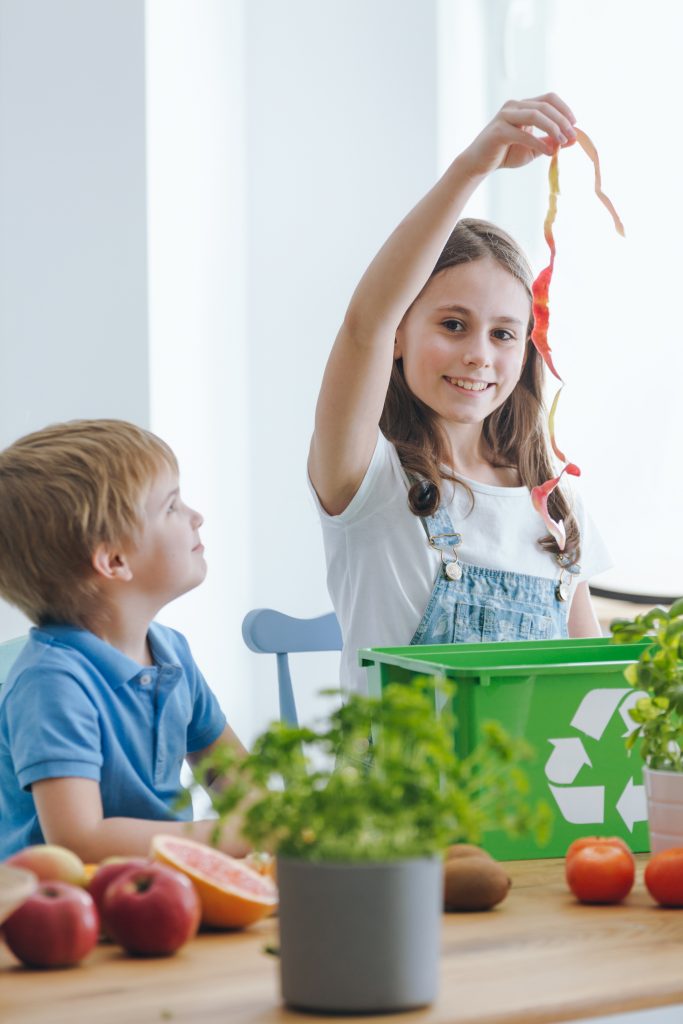

Circular Procurement
How procurement can accelerate the shift to a circular economy
A circular economy future requires a complete shift in both what we buy and the way we buy; it requires circular procurement. Procurement will need to go beyond purchasing quality goods and services at low cost: these goods and services must also avoid social and environmental harms. One way of thinking that could guide this shift in practice is the circular procurement ‘hierarchy’, with four phases: reduce, reuse, recycle and recover. Read more: link.
Denmark: Public procurement as a circular economy enabler
Public procurement refers to the process by which public authorities purchase goods and services from companies. The impact of public procurement on the transition to a circular economy could be significant. In the European Union, public procurement is worth around EUR 2 trillion and around 19% of GDP. The integration of holistic procurement requirements can increase demand for circular products and services, drive innovation, minimise environmental degradation and save public money, as the costs of the product’s entire life cycle will be considered. Read more: link.
Public procurement for a circular economy | Good practice and guidance
Circular public procurement is a process by which public authorities purchase works, good, or services that seek to contribute to closed energy and material loops within supply chains, whilst minimizing, and in the best case avoiding negative environmental impacts and waste creation across their whole life cycle. Within the current linear production and consumption economic model, only a small share of waste produced is reused, recycled, or traded as secondary materials. Considering finite resource flows, economies will no longer be able to rely on these linear production and consumption models. Integrating circular economy into public procurement aims to recover raw material after the lifetime of products for their next use. Read more: link.
Green public procurement | A guide for NGOs
Green public procurement (GPP) denotes purchasing goods and services that have a reduced impact on the environment compared to the usual alternatives. Despite its potential, many public procurers do not engage in GPP because of overly rigid institutional structures, a lack of staff capacity, and a lack of knowledge. However, NGOs can encourage public procurers to embrace GPP to lower carbon emissions, reduce resource use, and speed up the transition to clean energy and spur innovation in the private sector and set Europe firmly on a track towards a circular economy. Read more: link.
Empowering the circular economy through procurement
In practice, most sustainable procurement exercises are based on the purchase of goods and services through a linear approach, meaning repair, re-use, refurbish, remanufacture and recycling opportunities are rarely considered. In sustainable procurement, organizations meet their needs for good and services in a way that achieves value for money on a whole life basis that generates benefits to the organization and society having minimum impact on the environment. In a circular economy business model, collaboration is important where the procurer and the service provider work together to develop a solution, to work through any issues and to capture data to evidence the benefits of the new approaches. Read more: link.
How public procurement can help build the circular economy
The circular economy is currently regarded as a systemic solution to key sustainability issues. It is being embraced by companies, governments, and citizens as it has the potential to protect the environment while creating jobs, business growth opportunities and cost savings. Public authorities, through the purchasing of products and services (public procurement), can accelerate this transition. Several structural challenges as barriers (i.e., skills, institutional risk averseness, lack of business case) need to be addressed to make the transition from linear to circular procurement smooth. Read more: link.
Product Stewardship and Green Packaging
The packaging problem and how to fix it
Many industries are already making the shift from the current ‘take-make-dispose’ linear economic model to a circular economy focusing on using reusable packaging rather than single use plastic packaging. Businesses, workplaces, schools, and other organizations can improve how they manage waste by hiring trusted recycler, having lots of recycling bins for different types of waste, and looking out for products or packaging made with recycled content to close the recycling loop. For individual wanting to improve their environmental impact, can follow waste management hierarchy (reduce, reuse, and recycle) as much as possible. In this new model, greater focus is placed on the end of life of products and their packaging, so they are designed with sustainability in mind. Read more: link.
Getting to the bottom of carton recycling
The process for recycling cartons is not complex, and around the world beverage cartons are being recycled on an increasing scale. The more cartons we responsibly recycle, the more we are creating a circular economy and reducing waste. Read more: link.
Growing alternatives to petroleum-based packaging
Ecovative Design produces packaging products are fully compostable alternatives to synthetic materials. They are made of mycelium grown in and around agriculture by-products with low economic value. They act as a glue and can take any shape needed. At the end of use, products can be composted at home. Read more: link.
Research insights of consumer perceptions of the role of packaging in minimizing food waste
Consumers have varied understandings of the relationship between food waste and packaging, as well as different values and opinions when it comes to packaging of food. Intuitive packaging design can reduce food waste simply by removing the ambiguity and decision making from the customer’s shopping experience. Read more: link.
Role of packaging in consumer’s food waste journey
Understanding the role of packaging in consumers’ food waste journeys is important if we are to reduce food waste through packaging design. This includes how packaging is used, how consumers respond to packaging (changes, designs, styles, and types), and how consumers waste (or not) their food. Researchers have mapped consumer food waste journeys through households’ shopping, storage, cooking, and disposal habits, characterising the role of packaging throughout the journey. Read more: link.
